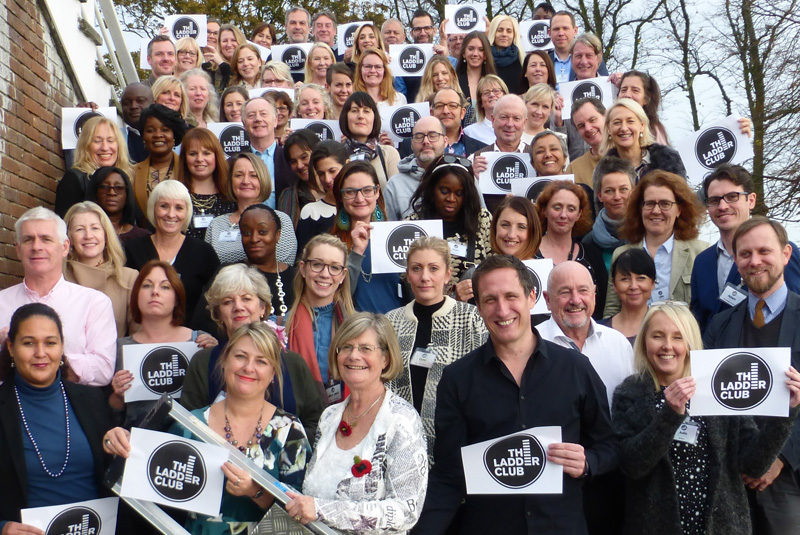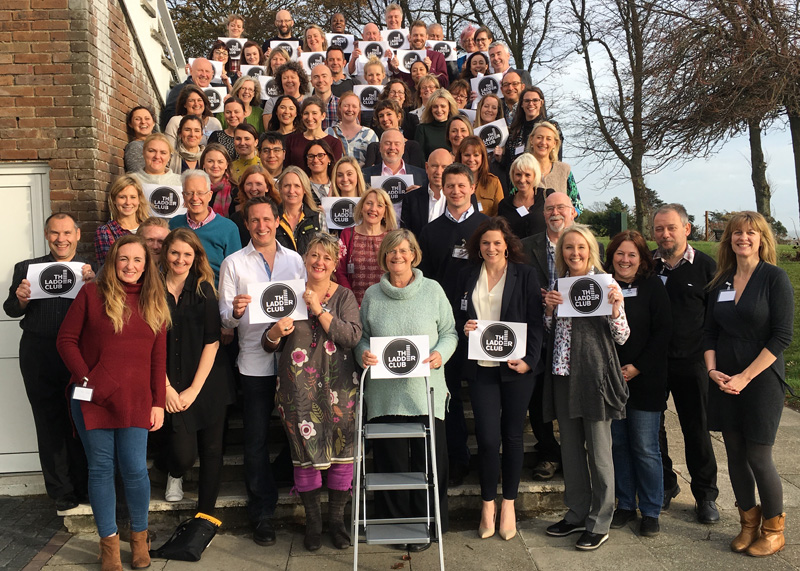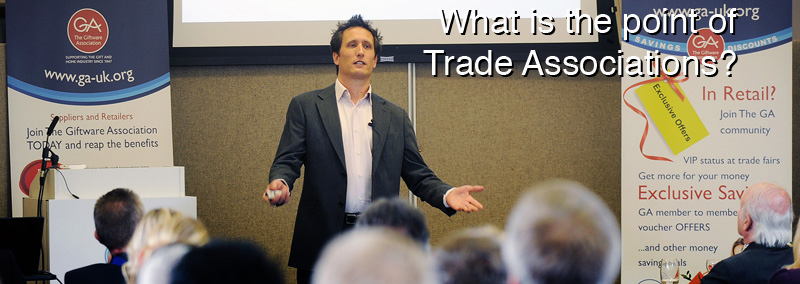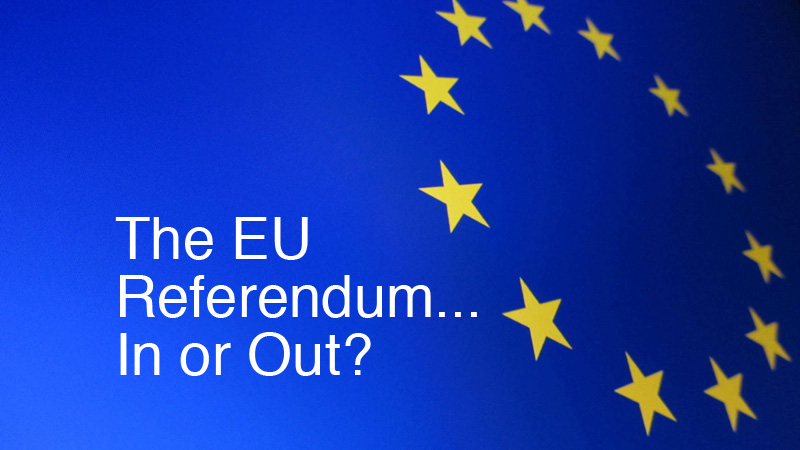 For years I didn’t often attend the GCA AGM. Life was always so busy with the business and one thing or another that I just didn’t prioritise it. I made excuses to myself that it was too far to travel or that the speakers didn’t seem that relevant to me. In the early days I might also have felt like an outsider that didn't know anyone.
For years I didn’t often attend the GCA AGM. Life was always so busy with the business and one thing or another that I just didn’t prioritise it. I made excuses to myself that it was too far to travel or that the speakers didn’t seem that relevant to me. In the early days I might also have felt like an outsider that didn't know anyone.
These days I don’t like to miss the GCA AGM and I’ve been thinking a lot about why this is. Last month’s was an especially good one and so I wanted to share some of my thoughts on what makes the annual meeting so special and why you might like to consider attending next year. It’s not just for card publishers, so if you’re a retailer or supplier you may also benefit from reading further.
1. The Venues
One of the things I like most about the GCA AGM is the wonderful locations Sharon Little (GCA CEO) discovers for us to all meet in. They are always an adventure in themselves. Recent venues have included the Royal Shakespeare Company, the National Design Museum, the Ironmonger’s Hall and the National Space Centre. The 2016 venue was the magnificent Royal Horseguards in London. It’s an incredible Grade I listed building modelled on a French Chateau and steeped in history and opulence.
2. The Speakers
If you really want to get to the heart of what we are as an industry, whether you are a retailer, a publisher or supplier the speakers bring it all. I love hearing from leading retailers like Timothy Melgund (Paperchase), John Procter (Scribbler) and James Daunt (Waterstones). Publishers like Andrew Brownsword (Forever Friends) and others who’ve spoken are so inspiring to all of us. I’m always hugely grateful that they have made the time to share their stories, thoughts and experience with us.
3. The Passion
The passion in our unique industry is infectious. Hearing Dominique Schurman (Papyrus and Clintons) last year and more recently Giles Andreae (Purple Ronnie, Edward Monkton) really get to the essence of what we do in our business was really moving. Our industry is all about emotional connection. Cards are used to help people to feel more loved, more cared for, nurtured and supported in the world. It is a privilege to be a part of this and you can feel it in the air at the GCA AGM.
4. The Community
What other industry has such well attended break out groups in the afternoon where experienced publishers share advice on key subject areas like sales and marketing, product development, brokerage and business development? These are businesses helping competitors within their industry, both large and small. It really warmed my heart seeing these groups contributing to one another after lunch this year. They were all buzzing.
5. Contribution
Just by attending you are supporting and nurturing the industry. It’s also so important that our industry leaders attend this event, speak and share their stories and vision. If greeting cards are to survive and thrive it is essential that we nurture and support new generations coming through. It’s not just about the speakers though. It was so good to see retailers like Scribbler, Moonpig and Paperchase amongst the audience. Our association is for our whole industry and it’s vital we all work together to grow it successfully.
6. The People
Then I first attended I didn’t know people. It’s such a welcoming industry that it’s impossible not to meet one or two new people at the event. I’ve been fortunate enough to have made some lovely friends in this wonderful industry of ours; customers, suppliers and fellow publishers. It’s so nice to catch up with many of them at the AGM and hear how they are getting on. With my exploration into social media I have been using Facebook more and more for connecting with friends in business. It’s a great way of learning a little bit more about one another and for growing relationships.
7. Networking
It’s a word that puts the fear of God into some people and I’ve had an on/off relationship with the idea of it over the years. The truth is networks are important to all of us. The broader and more wide ranging, the more opportunities come to you. Studies have shown that it’s often the weaker links that are most valuable and bring us more opportunities. Although networking tends to be more suited to extroverts, I’d encourage everyone to talk to strangers at these events. You never know where it could lead and what opportunities may arise from a few words with someone new.
8. Opportunities
This year’s GCA AGM highlighted several business opportunities for Blue Eyed Sun as I am sure it will have done for others who attended. For some it might be a conversation wth a new supplier, a buyer, an agent or a broker. For others it might be hearing the CEO of Waterstones observe that the proportion of greeting card sales is lower in Waterstones than in his independent group of stores, signalling a focus on growing greeting card sales going forward. I’m looking forward to following our own opportunities up and am sure that the business generated will have been more than worth the time spent attending the event.
9. Content
Visiting the GCA AGM also gives me a great chance to discover and share some great greeting card focussed content on my blog and social media channels. My followers on Twitter love to keep up to date with what’s going on in our industry and I get likes, retweets and shares of my photos and posts from the event as well some insightful info from the speakers, which I can use on my blog.
10. Video
Recently I have helped the GCA out by videoing the keynote speakers at last year’s AGM and other events. If you missed any of them before I’d encourage you to visit www.youtube.com/GCAClips to watch them online. There are some fascinating insights from key industry figures. My preference is seeing the talks live and being able to ask the speakers questions or chat to them afterwards. If you can’t fit it in for some reason, the GCA YouTube channel is a great backup plan.
11. Golden Nuggets
Sometimes it’s one small nugget of information or a passing comment that shifts your thinking on something. This year I found it incredibly useful to hear how Nigel Willcock from Paper Rose analysed the cost of a sales agent visit to a shop versus a sales rep visit. Hearing how much this costs a company on average has shifted my perspective on field sales and the way I think about them going forward.
12. Face to Face
There is nothing like face to face meetings to grow your presence in a marketplace. If you want to be known within the industry the GCA AGM is a must. So many of the key players within our business attend and grow their relationships and businesses from there as result.
13. Bellwether
The AGM is also a great opportunity to get a sense of where our industry is at and what to look out for on the horizon. You can see highlights from the GCA market report which is available to buy from £500 from the GCA (it’s free for members). I find it useful just to hear first hand from other companies as to how their businesses are doing and how they perceive the current economic climate.
14. Attendance is growing
What’s most exciting about the GCA AGM is that attendance is growing. More and more members are getting involved and engaging with our industry to improve it. This is great for all of us and exciting to be a part of.
Blue Eyed Sun has been a member of the Greeting Card Association since 2003. Our membership has been invaluable to us over the years, not least for the support and help from CEO Sharon Little.
What I love most about our membership, besides the great deals and benefits on offer, are the events. Moments in time where we stop working in our business and work on our business. Meetups where we look at the bigger picture and think carefully about the meaning of what we are doing. Places where we can carefully consider opportunities and threats to the card industry. Events where we can grow and learn. The GCA AGM has all of this and more. I hope to see you at the next AGM. Click here to book your place.
Learn about GCA Initiatives like Festive Friday
Find out more about the Ladder Club for new greeting card publishers
Watch Giles Andreae's great talk from the GCA AGM 2016 below:







 If you ever attend the event it's worth staying over the night before and attending the delegates dinner at the
If you ever attend the event it's worth staying over the night before and attending the delegates dinner at the 
 Karen Wilson and Claire Williams then gave a wonderful news reader style presentation of the highs and lows of their company
Karen Wilson and Claire Williams then gave a wonderful news reader style presentation of the highs and lows of their company 


 The day was filled with some fantastic talks from Ladder Club alumni. Jack and Hannah Dale of
The day was filled with some fantastic talks from Ladder Club alumni. Jack and Hannah Dale of 

 Just what is the point of trade associations? I’ve been asking myself this question a lot of late, having just become the new Vice-Chairman of the
Just what is the point of trade associations? I’ve been asking myself this question a lot of late, having just become the new Vice-Chairman of the  On Thursday 23rd June 2016 Britain’s electorate will vote in the EU referendum to decide whether or not we should remain in the
On Thursday 23rd June 2016 Britain’s electorate will vote in the EU referendum to decide whether or not we should remain in the 


 The New Year is always a good time for new beginnings. Even though technically a new year starts every day there’s something about the 1st January and the new year date that seems to energise in a different way to most other days. Perhaps the celebrations the night before focus us on turning over a new leaf or it might simply be the fact that we are heading out of the darkest days of Winter into Spring and it literally is a new period of growth.
The New Year is always a good time for new beginnings. Even though technically a new year starts every day there’s something about the 1st January and the new year date that seems to energise in a different way to most other days. Perhaps the celebrations the night before focus us on turning over a new leaf or it might simply be the fact that we are heading out of the darkest days of Winter into Spring and it literally is a new period of growth.
































